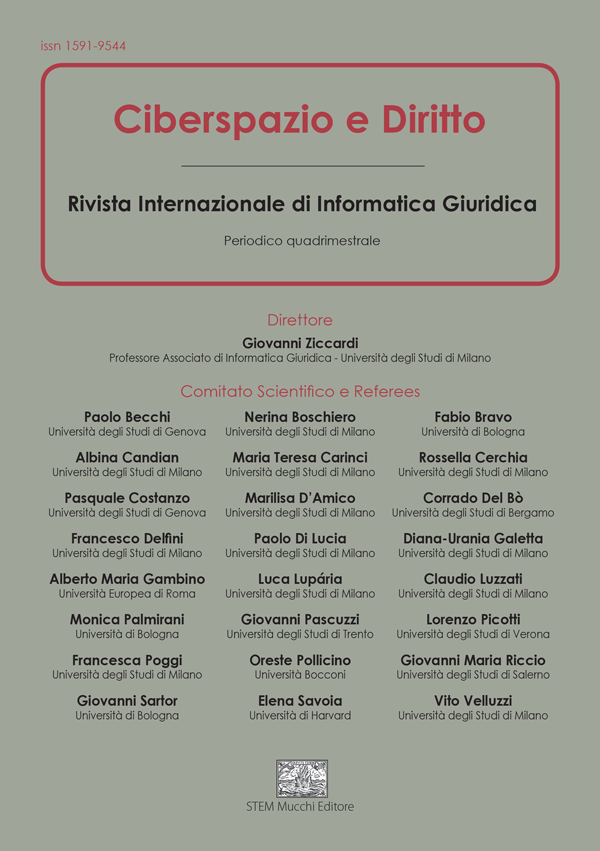Alla fine degli anni Ottanta, al CERN, Tim Berners-Lee creò un sistema con lo scopo di facilitare la condivisione di informazioni scientifiche tra i ricercatori ginevrini. Era l’alba del world wide web.
Oggi, i fautori dell’Open Access si pongono un obiettivo simile, benché su scala mondiale: la piena accessibilità della ricerca scientifica che – ritengono – può essere conseguito solo grazie a un radicale ripensamento dell’attuale modello di business della comunicazione scientifica, incentrato su “Core journals”.
Questo breve scritto – dopo aver tratteggiato rapidamente il contesto di cui sopra dal punto di vista dei promotori dell’OA – propone una chiave di lettura sul se e come la cosiddetta “via breve” all’Open Access (emblematicamente rappresentata dal sito pirata Sci-hub) contribuisca alla causa della piena accessibilità alla scienza.
In the late 1980s, at CERN, Tim Berners-Lee created a system with the aim of facilitating the sharing of scientific information among Geneva researchers. It was the dawn of the world wide web.
Today, the Open Access movement sets itself a similar goal, albeit on a global scale: the full accessibility of scientific research, that – they believe – can only be achieved through a radical rethinking of the current business model of scientific communication, based on “Core journals”.
This short paper – after quickly outline of the above context according to the OA enthusiasts’ point of view – proposes an interpretation on if and how the so-called “shortcut to Open Access” (emblematically represented by the pirate website Sci-hub) is contributing to the cause of open access to science.

